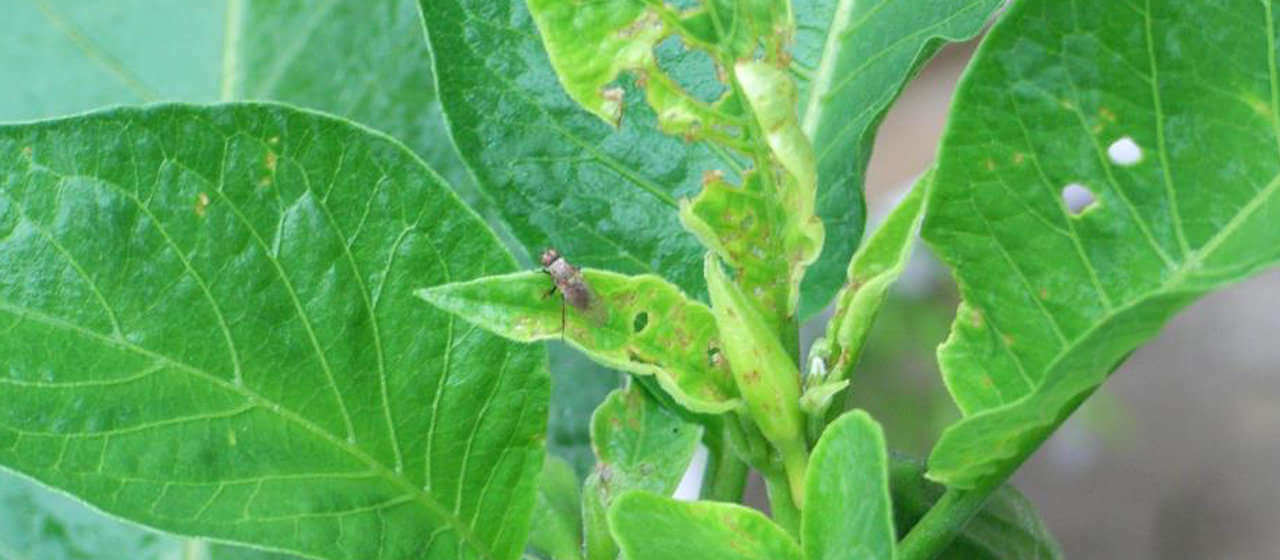It is possible that the damage caused by the fungus gnat is not immediately recognised. This is because the larvae are active in the soil. They are particularly fond of the stems and roots of seedlings, young plants and cuttings. This damage to the plant prevents nutrient uptake and weakens it further. Damaged roots are also more susceptible to bacteria and fungi. Wilting and reduced plant growth are common symptoms of a fungus gnat infestation. We use the following glue trap from Andermatt Biogarten for control:
fungus gnats

